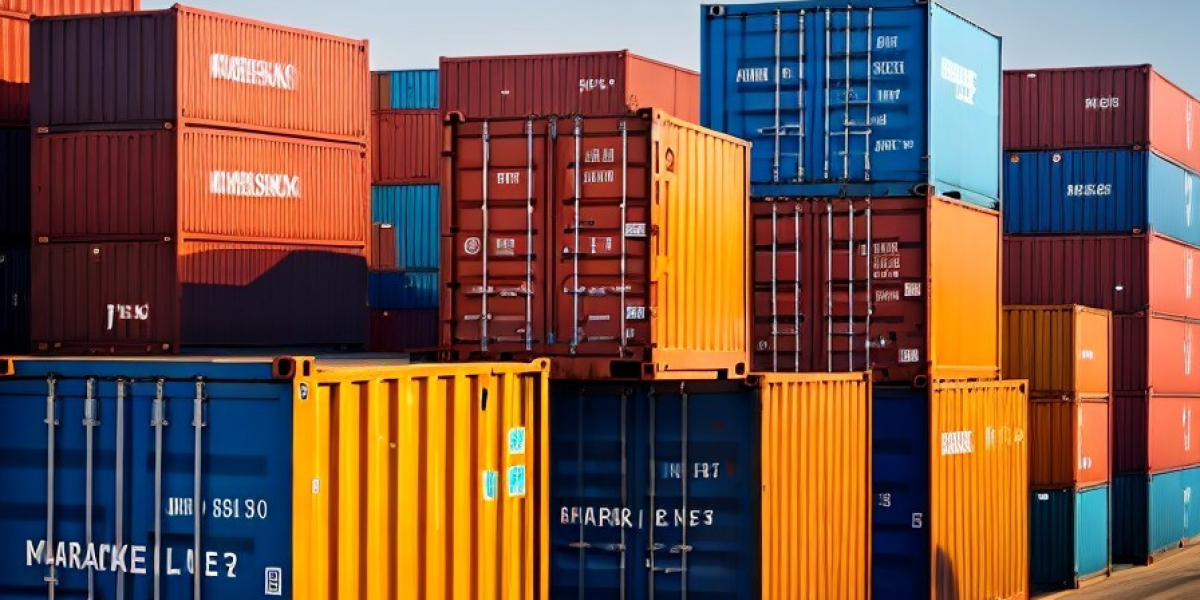The article discusses the potential business pivot of Maersk, the world's largest shipping company, towards a new business model called C2X. C2X is a platform that aims to connect consumers with the products they want to buy, directly from the manufacturer, bypassing intermediaries and reducing costs. If successful, this shift could be extremely lucrative for Maersk, as it would allow the company to tap into the rapidly growing e-commerce market and potentially disrupt the traditional retail industry.
The article highlights the potential benefits of Maersk's C2X platform, including lower costs, faster delivery times, and increased convenience for consumers. It also notes that Maersk's existing infrastructure and resources, such as its global shipping network and logistics capabilities, could give the company a significant advantage in implementing this new business model.
However, the article also acknowledges the challenges that Maersk may face in making this pivot, including the need to develop new technology and build partnerships with manufacturers and consumers. Additionally, the company will need to navigate complex regulatory and legal issues related to e-commerce and data privacy.
Overall, the article suggests that Maersk's decision to explore a new business model represents a bold and innovative move in the shipping industry, and could potentially lead to significant growth and profit opportunities for the company.
Maersk's existing infrastructure and resources could give them an advantage in implementing C2X in several ways:
1. Global shipping network: Maersk has an extensive global shipping network that covers most of the world's major ports. This network could be leveraged to transport goods directly from manufacturers to consumers, bypassing intermediaries and reducing transportation costs.
2. Logistics capabilities: Maersk has a strong logistics capability, including warehousing, container terminals, and inland transportation. This capability could be used to manage the flow of goods from manufacturers to consumers, and to ensure that goods are delivered efficiently and effectively.
3. Technology infrastructure: Maersk has invested heavily in technology, including digital platforms and data analytics tools. These tools could be used to optimize the C2X supply chain, by providing real-time visibility into the movement of goods, tracking inventory levels, and identifying areas for improvement.
4. Existing relationships with manufacturers: Maersk already has relationships with many manufacturers around the world, which could give them an advantage in negotiating partnerships for the C2X platform. These relationships could also help Maersk to better understand the needs of manufacturers and to tailor the C2X platform to meet those needs.
5. Brand recognition and trust: Maersk is a well-established and respected brand in the shipping industry, with a strong reputation for reliability and efficiency. This brand recognition and trust could help to attract manufacturers and consumers to the C2X platform, and to build confidence in the platform's ability to deliver high-quality products and services.
Overall, Maersk's existing infrastructure and resources could provide a strong foundation for the company to build a successful C2X platform, by enabling them to leverage their global reach, logistics capabilities, technology infrastructure, existing relationships with manufacturers, and brand recognition and trust.
Maersk's technology infrastructure supports the optimization of the C2X supply chain in several ways:
1. Digital platforms: Maersk has developed digital platforms that provide real-time visibility into the movement of goods throughout the supply chain. This allows for better tracking and tracing of goods, improved communication between stakeholders, and increased transparency.
2. Data analytics: Maersk uses data analytics tools to analyze data from various sources, including its digital platforms, to identify trends, patterns, and areas for improvement in the supply chain. This enables the company to make data-driven decisions and optimize its operations.
3. Automation: Maersk has implemented automation technologies, such as robotic process automation (RPA) and artificial intelligence (AI), to streamline its operations and reduce manual errors. For example, RPA can be used to automate tasks such as data entry, freeing up staff to focus on higher-value tasks.
4. Cloud computing: Maersk uses cloud computing to store and process large amounts of data, including data from its digital platforms and data analytics tools. This allows the company to access data and analytics tools from anywhere, at any time, and to scale its operations as needed.
5. Internet of Things (IoT): Maersk is exploring the use of IoT technology to track and monitor goods in real-time, improving visibility and predictability across the supply chain. For example, the company is using IoT sensors to track the location and condition of containers, enabling real-time monitoring and optimization of container utilization.
6. Blockchain: Maersk is also exploring the use of blockchain technology to create a secure and transparent platform for tracking goods throughout the supply chain. Blockchain can help to reduce fraud and errors, improve traceability, and increase trust between stakeholders.
Overall, Maersk's technology infrastructure provides a strong foundation for optimizing the C2X supply chain. By leveraging digital platforms, data analytics, automation, cloud computing, IoT, and blockchain, the company can improve visibility, transparency, and efficiency across the supply chain, while also reducing costs and improving customer satisfaction.







